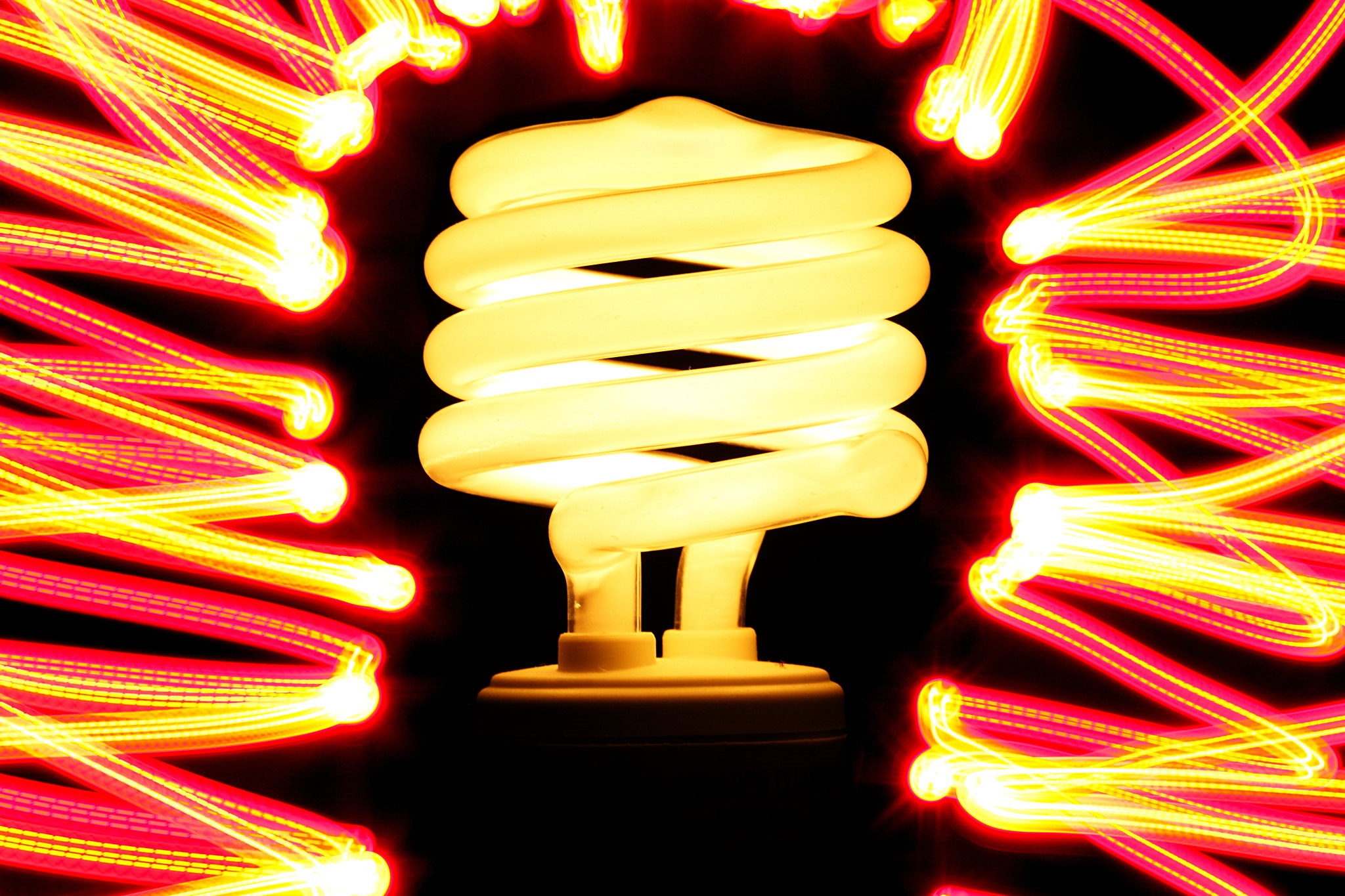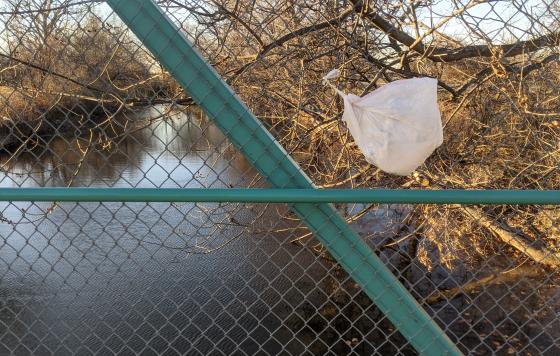
Using less energy at home is good for the environment and your wallet. Global energy need affects energy prices, emissions, and legislation. In order to reduce rising costs, our dependence on fossil fuels, and carbon emissions, taking steps to save energy is critical.
Americans could save hundreds of billions of dollars by using more energy-efficient equipment and technologies. Improving characteristics of a home and using up-to-date practices can save 20 to 30 percent on energy bills, and possibly more.
Common Inefficiencies Found in Homes
- Uninsulated crawlspaces and basements
- Insufficient insulation, especially in attics and rim joists
- Air leaks, at doors, windows, and recessed lighting
- Using incandescent bulbs instead of the much more efficient CFLs
- Lack of Energy Star appliances
Tip #1 – Start small.
There are many ways to save energy; some are as simple as turning off the light when you leave a room, turning off electronics not in use, and only running the dishwasher when it’s full.
Tip #2 – Lower your water heater temperature.
Set your water heater thermostat at 120 degrees F or lower. This way you'll reduce the amount of energy it takes to produce and maintain your hot water by not overheating it. The average household spends about $245 per year on water heating; the second largest energy expenditure behind heating and cooling.
Tip #3 – Switch to LED light bulbs.
An LED light bulb uses up to 85 percent less energy to deliver the same amount of light as an incandescent and can save more than $100 over its lifetime. Some utilities offer a rebate for energy-efficient bulbs, making them even more affordable.
Tip #4 – Choose energy efficient appliances.
When it’s time to replace older appliances, lighting, and home electronics, choosing energy-efficient models can save the average household $500 a year on utility bills. Energy Star, a program managed by the U.S. Environmental Protection Agency and the Department of Energy evaluates home appliances and electronics for energy efficiency. Products with the Energy Star label are efficient and deliver savings without sacrificing performance.
Tip #5 – Seal and insulate.
Sealing air leaks around windows and doors will reduce the amount of energy required to keep your home cool in summer and warm in winter. Some homes could benefit from better insulation in the attic, around the hot water heater and pipes, and in crawl spaces. Some utility companies provide free energy audits, during which a professional will assess a home and make suggestions for improvement. Visit EnergyStar.gov's Home Improvement section for more information.
In addition to saving money, using less energy helps to fight global climate change, reduce harmful air pollutants, and the amount of water power plants need to use.
The idea that one person cannot have an impact on the environment, is a dangerous misconception. The average household produces 14000 kg of greenhouse gasses per year and by taking small steps to reduce that number individually, together we can make a huge difference. When you save energy yourself and share your experience with others you help create social awareness, which is imperative to ensure the quality of our environment now and for generations to come.



